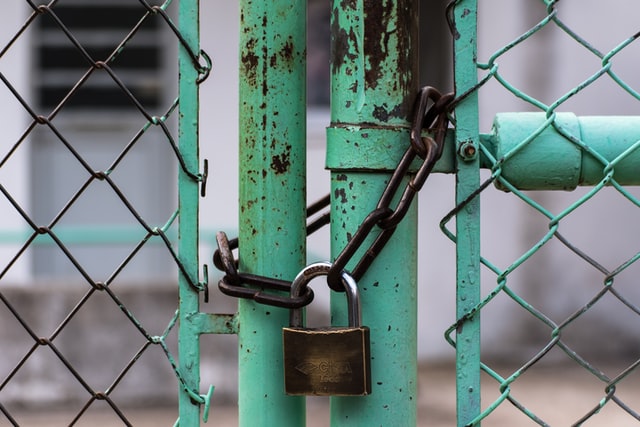Tips on How to Choose Security Fencing
Step 1: Consider the Objectives for Your Security Fencing
A survey of your surrounding environment and a security-risk assessment will often reveal what type of security strength you need and whether you require any other aesthetics. You should also consider the location, nighttime lighting, and crime rates in the area before you choose security fencing.
For example, if your premises is located in one of the residential areas, you will require the type of fencing that will account for vandalism and trespassing, while still blending into the surroundings. Visual appeal is not that important in industrial parks, but these areas are usually more susceptible to break-ins since they are often situated in isolated locations.
Step 2: Work out What Areas of Your Site Will Need Fencing and the Type
The perimeter will usually require fencings like welded mesh or vertical-bar fencing. But you should also identify any other area that requires fencing, along with how you are going to include access.
If your premises is situated in a business park or industrial estate, the fencing you choose should accommodate straightforward access when the business is operational, while still proving ample security when the business is closed at night. This is why you need to consider gates and access control at this point too, and the way this is going to fit into the fencing you have chosen.
You may also require high-security fencing that surrounds storage areas, waste units, and machinery, while the other zones regarded as low-risk may only require non-security alternatives like timber fencing, for boundary identification or demarcation purposes.
For lower-risk levels, ornamental-metal security railings or timber fencing is usually sufficient. For areas considered medium-risk, vertical-bar or V-mesh fencing is usually sufficient, and in high-security risk zones, welded mesh that includes reinforced vertical-tubular bars offers a heightened protection level.
Step 3: Visibility or Privacy?
Since your security fencing will need to work together with any other security measure, like CCTV, you need to make sure the fencing type won’t create any blind spots. Solid-panel fencing may provide privacy for your premises, but this might present a few issues.
There are many options that will provide privacy while still working with security measures such as CCTV. Some of these include V-mesh or a prison mesh that offers great anti-climb qualities and a much closer knit-mesh.
If you would like to prevent any noises that your premises emit from affecting any local surroundings, you may want to consider acoustic barriers as your best option. In addition to lowering noise pollution, these products also provide high-security performance and excellent privacy. They also feature a flat profile, which means they are very difficult to climb.
Step 4: Do You Need any Extra Security Toppings?
Security toppings often boost security levels in the fence type that you choose. For the premises that are situated in a high-risk area, and those located next to easy climbing aids like trees, walls, and lampposts, security toppings can prove to be beneficial.
Fence toppings can act as visual and physical deterrents, which helps to safeguard your premises against intrusion and vandalism. Some fence topping examples include steel spikes, barbed wire, and rotary systems designed for drainpipes, walls, and fencing.
However, installing certain types of fence toppings may mean you need to comply with certain regulations. For example, fence spikes have to be higher than 2 metres and the general public should not be able to reach them. You will also need warning signs displayed that are in clear sight by anyone that approaches one of these protected boundaries. If you install spikes along a fence or a wall, the signage will need to be displayed every 3 metres.
It will also depend on the environment that surrounds your premises. You may be better off with one of the anti-climb fences, when fence spikes may look visually unappealing.




0